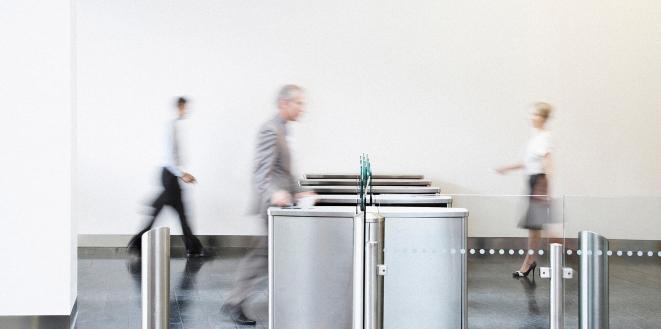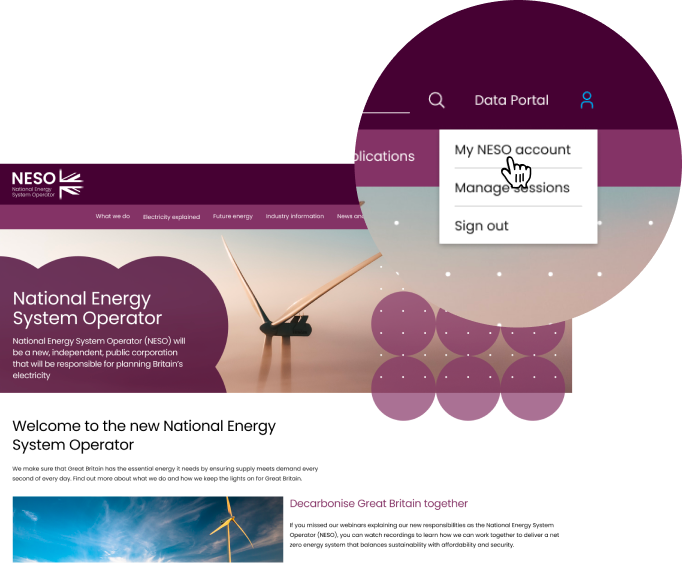How does electricity get to where it's needed?
Using the infrastructure owned by the three transmission companies – National Grid Electricity Transmission, Scottish Hydro Electric Transmission Ltd. and SP Energy Networks – high voltage electricity is passed onto one of the fourteen Distribution Network Operators (DNOs) across the country.
Think of it like our road and motorway network. The transmission network is the larger scale, high speed route (the motorways) while the DNOs distribute electricity along the ‘B roads’ to local areas.
The DNOs own the local networks and convert it into a more manageable voltage that's suited for domestic use. Your local distribution network operator then feeds low voltage electricity through to your home or business property.
But who else is part of the British electricity system?
As you can see, getting electricity to where it’s needed is a complex process involving lots of different businesses, infrastructure and technology. But who else is involved and who does what exactly?
In Great Britain, we share electricity with our neighbours from abroad. We do this using interconnectors – cables which can transfer energy back and forth between countries.
Aggregators are businesses that work with industrial and commercial energy consumers, who are able to flex their energy use to reduce or increase their demand in response to price signals.
For example, they could work with supermarkets to adjust their freezers to come on and off at different times rather than taking a steady supply.
Suppliers buy electricity from generators and then sell it on to customers, competing to supply homes and businesses who are free to choose any supplier they like.
After its journey from the generation stations though the grid, the DNOs and into the ownership of energy suppliers, it’s ready for use across businesses and homes.

What NESO does
NESO is built on our previous experience as the Electricity System Operator (ESO). The ESO had extensive expertise in balancing electricity supply and demand 24/7, while making sure network operations and the markets were prepared for the future. The transition to NESO requires a significant expansion in our capabilities and we are transforming our organisation to meet this challenge.
